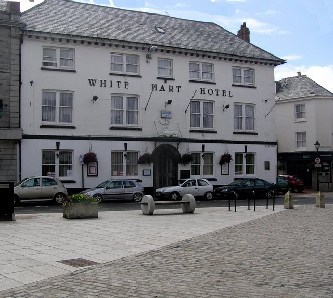Causley’s Launceston: a Town Guide, and a Poetry Walk
Launceston is a beautiful and historic town, whose ancient centre is filled with some of the most important architecture in the county. This is perhaps unsurprising when one learns that this small, unspoilt town was once capital of the Duchy of Cornwall.
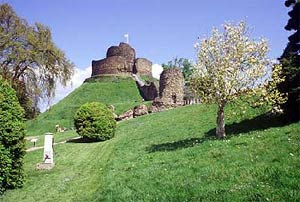
The Normans built a castle here soon after the Conquest. Its famous round keep was built in the 13th century by the powerful Earl Richard, brother of King Henry III.
Castle Street, just across the Castle grounds and through one of its two surviving gateways, has what Sir John Betjeman called, “the most perfect collection of 18th century town houses in Cornwall.” One is now the Eagle House Hotel, whose twin eagle statues were written about by Charles Causley in one of his slightly spooky but good-humoured poems. Further down is Lawrence House, the town museum (run by volunteers). Amongst many splendid exhibits, it houses a number of fascinating and attractive displays dedicated to Charles Causley’s life, work and achievements, as the town’s best-known resident.

Another half-mile all the way down the (steep!) hill is the town’s Newport district — with Causley’s birthplace, the parish church of St. Thomas and its graveyard, where Causley is buried. Nestled just behind the main church are some ancient Priory ruins.
Close by all of that, and across the little River Kensey over its small mediaeval packhorse bridge, is The Roundhouse, a covered market cross. And in the summer, there are often some steam-train excursions a few miles up the valley and back, departing from and returning to the town’s former Great Western Railway station (which can be accessed via the small industrial estate on the other side of the main road from the Roundhouse).
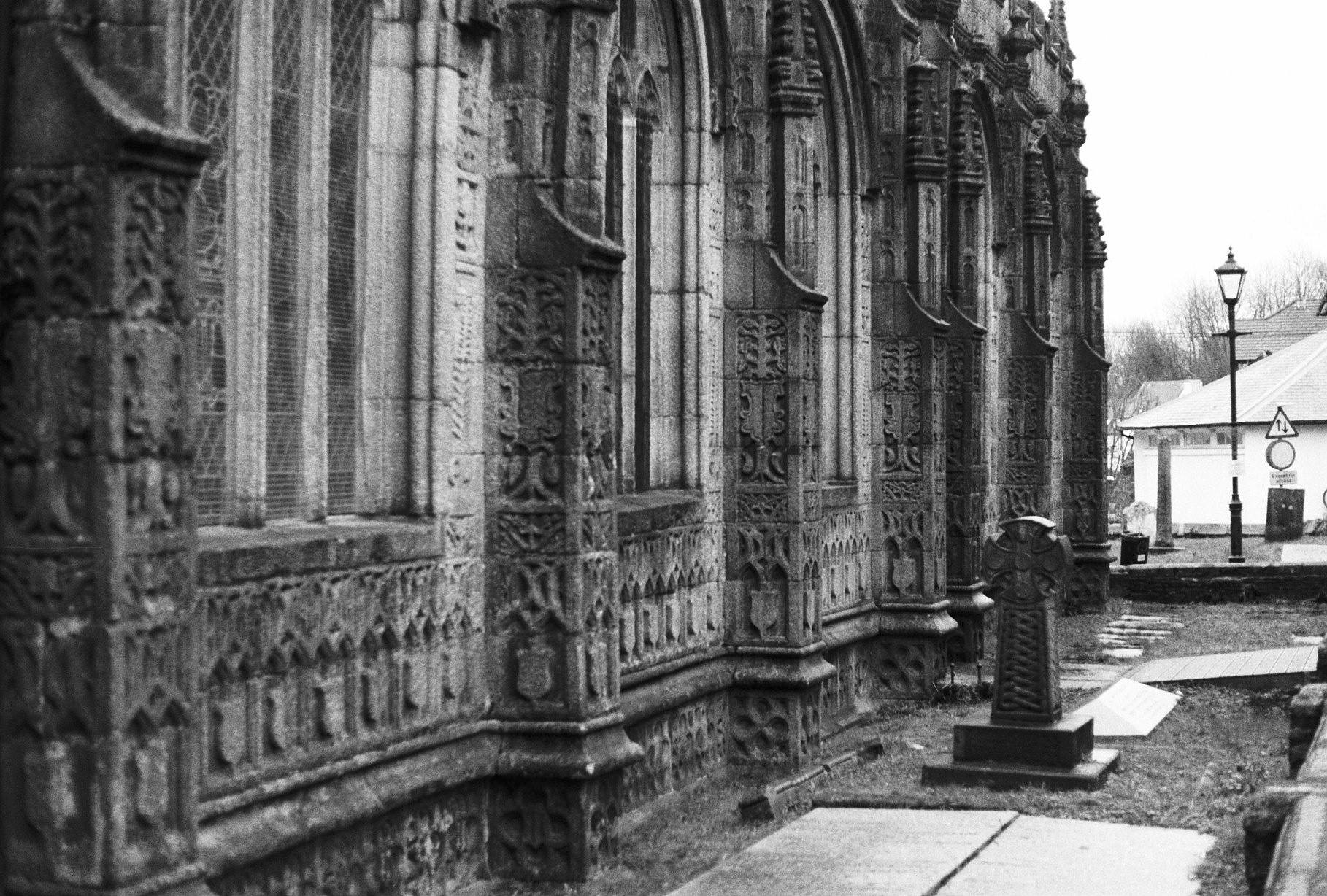
Launceston’s Town Square is surrounded by listed buildings, dating back to Tudor times and earlier. The White Hart Inn has a doorway plundered from the 12th century Launceston Priory (some ruins of which still exist, near St. Thomas Church and the River Kensey), and a plaque showing how Launceston figured in the stories of the Battle of Trafalgar and Admiral Nelson. There is also a large and touching War Memorial in the Square.
Explore the several narrow streets and alleys of the town that lead off the Town Square. They hold a variety of architectural sights from the past. For example, St Mary Magdalene Church is one of the finest parish churches in Cornwall. Founded by Edward, the Black Prince, the church is noted for its extravagant exterior carvings. One statue high on the east wall and its local legend (involving landing a pebble on the reclining Mary Magdalene’s back, and thus winning a new suit of clothes) is the subject of a delightful Causley poem.
Guided walks around the town, focusing on its history and buildings, and/or on Causley and his poems, are sometimes given (free, or for a voluntary donation to the Trust) by local writers and historians, such as during the Charles Causley Festival, each summer. Or, you can just enjoy a quiet individual stroll – a fine way to enjoy Launceston’s history, sights and world-class architectural heritage. That can be at random, or self-guided with a little help: pick up a full town map at Launceston Tourist Information Centre.
Over many decades, Causley wrote a number of poems either about specific locations in and near the town, or about other aspects of living here. So: you can also use our splendid self-guiding ‘Causley Way’ town trail map (designed by John Fenn) for a town centre walk. It’s shown below, and based around ten of those ‘local’ poems, .
This walk — on good paths, with a few inclines (Launceston isn’t flat!) — will usually take most people about an hour, including stops to read the poems. They (and many others ) can be found on the stated pages of Collected Poems 1951-2000 (Macmillan), or Collected Poems for Children, also published as I Had A Little Cat (Macmillan).
'The Causley Way': a scenic and poetic walk around his home town of Launceston
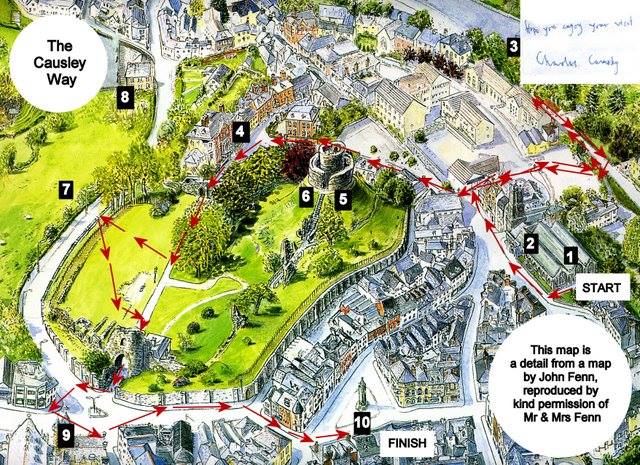
All of the ten poems appearing below (along with hundreds more by Charles Causley!) are on the specified page numbers of his Collected Poems 1951-2000 (noted here as 'CPs'), or his Collected Poems for Children/I Had a Little Cat ('CPsfC') -- all published by Macmillan.
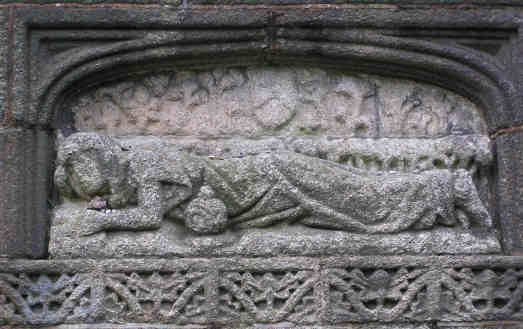
1. 'Mary, Mary Magdalene' (CPs, p.228/CPsfC, p.457)
Try a local custom! On the church's eastern wall, you'll see a relief carving of a reclining Mary Magdalene (the poem explains the custom). Then, go around to the tower and porch, where you'll see the Trecarell family crest.
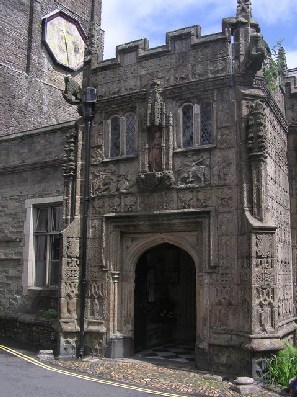
2. 'A True Ballad of Sir Henry Trecarell' (CPs, p.60)
For an optional detour, walk down Tower Street and then through the car park. At its bottom, go down some steps and turn left along the path. Then look across the road, to see the start of Launceston’s Zig-Zag footpath.
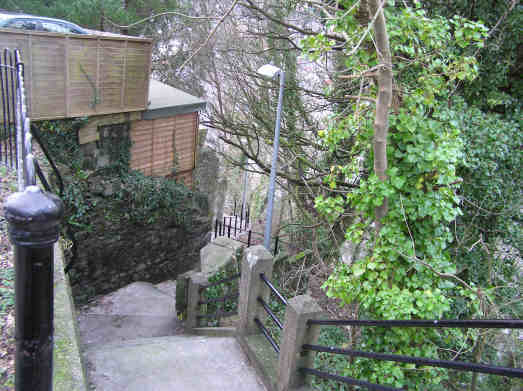
3. 'As I Went Down Zig-Zag' (CPsfC, p.150)
The well-known Zig-Zag Path, running alongside an old quarry, was refurbished and reopened with due ceremony in 2007, after a long period of closure. Now return through the car-park and up Tower Street to the front of the church. Turn right and walk down the hill. Facing you is the Eagle House Hotel.
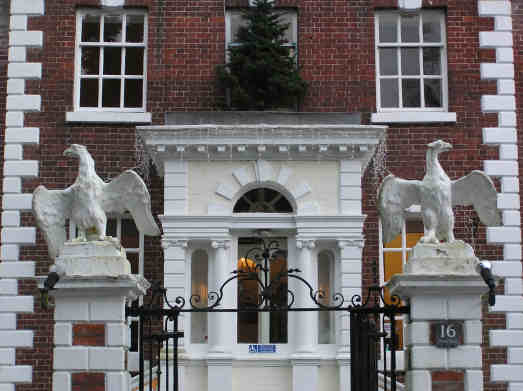
4. 'Eagle One, Eagle Two' (CPs, p.211; CPsfC, p.441)
Two stone eagles perch on the gate pillars at the fentrance of the Eagle House Hotel. Now continue left up the slope, through the old gateway into the spacious grounds and ruins of Launceston Castle.
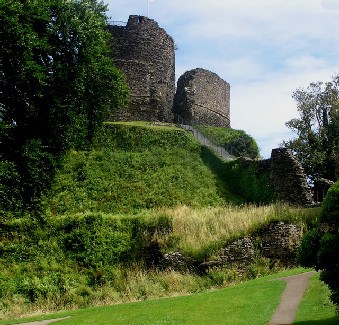
5. 'On Launceston Castle', (CPs, p.286) and also 6. 'Mr Pennycomequick' (CPsFC, p.361)
The Norman Castle's tower is the setting for the first poem's powerful, evocative reflection. Poem, castle, grounds, town and surrounding countryside are all best appreciated if you manage the steep climb to the top of the Keep! But whether you're atop the castle or standing in front of it, just look down from (or, up at) the Keep, to imagine the second poem!
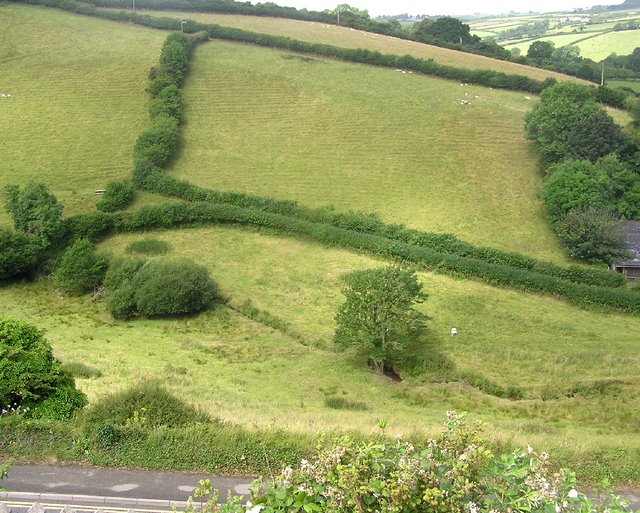
7. 'In the Willow Gardens' (CPsFC, p.443)
Cross right over the Castle Green to the low stone wall, overlooking a main road. The rolling fields opposite once held allotments, which are the imaginative setting of this atmospheric poem.
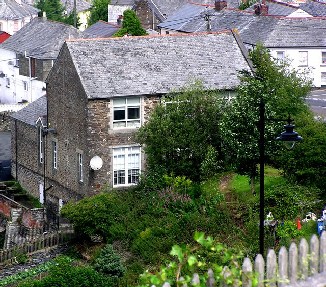
8. 'Pepper and Salt' (CPsFC, p.36)
Look further right from the low castle wall along the road, to see the old National School -- where Causley both attended as a boy, and then taught for much of his working life.

9. 'The Quarter-Jacks' (CPsFC, p. 204)
Now go back up to the main path through the Castle, and turn right to leave the grounds through the main West Gate. Directly opposite you are the town's imposing Victorian Town Hall and Guildhall, with its two 'quarter-jacks' standing in a niche, just above the clock set into the tower. If you can, do wait for one of the four quarters every hour, when they strike!
